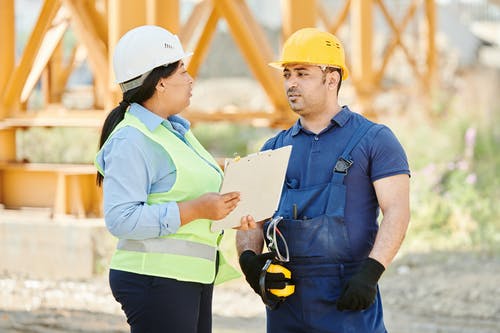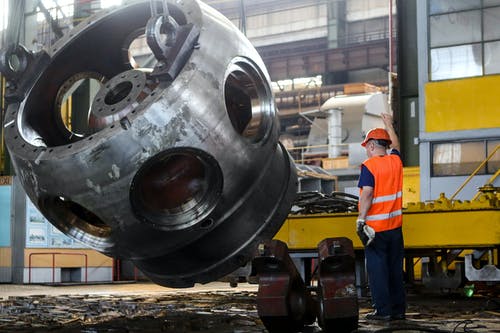It’s easy to take the term “safety first” for granted when you see it on a construction site. In civil engineering, it’s a way of life, and it’s taken much more seriously. Getting a project off the ground involves putting the lives of construction workers and civil engineers at danger. And that’s the focus of this article: Risk.
A construction site, for example, is a high-risk work environment where danger lurks around every turn. Everything from moving machinery components to basement construction is dangerous because of the hazards of tripping or falling and the noise it creates; the list is endless.
Everyone involved in a building project, from architects and engineers to contractors and employees, holds the belief that “prevention is preferable than treatment.” For example, they will make every effort to reduce risk to the greatest extent feasible, examine risks that cannot be avoided, and then take steps to mitigate those risks. Projects with varying degrees of risk are assigned to their own branch. A good example of this is the risk assessment in Capital Building renovations.

As a result, the scope of risk appraisal is significantly broadened. In this notion, the major purpose is to find the most efficient and cost-effective methods of reducing workplace dangers as possible. The two most prevalent forms of risk assessments are general and personalized risk assessments. It is necessary to distinguish between occupational health and safety and industry-specific risks. It is important to examine factors including occupational health and safety, as well as industry-specific dangers.
With a few simple measures, you can lower your risks significantly. Before you do anything else, you must be informed of the risks involved. The risk assessor then determined which individuals would be most at danger in the following stage. In the event of an emergency, it is determined what measures should be taken. The findings are documented, and the procedure is repeated anytime a key aspect of the construction project changes. Consider the usage of cranes or the installation of new equipment as two examples.
It is necessary for risk assessors to be familiar with a range of documents in order to effectively explain what they are signing up for to a variety of individuals and organizations. An excellent example of a document that outlines potential dangers and makes recommendations for reducing those threats is a method statement.

Depending on the project, risk assessment can be outsourced to a supervisor or another person already participating in the project, or it can be delegated to an individual who has been identified, but should it? There might be a myriad of potential answers to this question. There are several instances in which risk management professionals opt to work as consultants within their respective fields of expertise. Some university students obtain a degree in risk assessment as a method of increasing their work opportunities. There are several universities and organizations that can give you the education, training, and work experience that you will need to be successful in this industry. The only thing left to do is select the most appropriate one.
Tags: KS